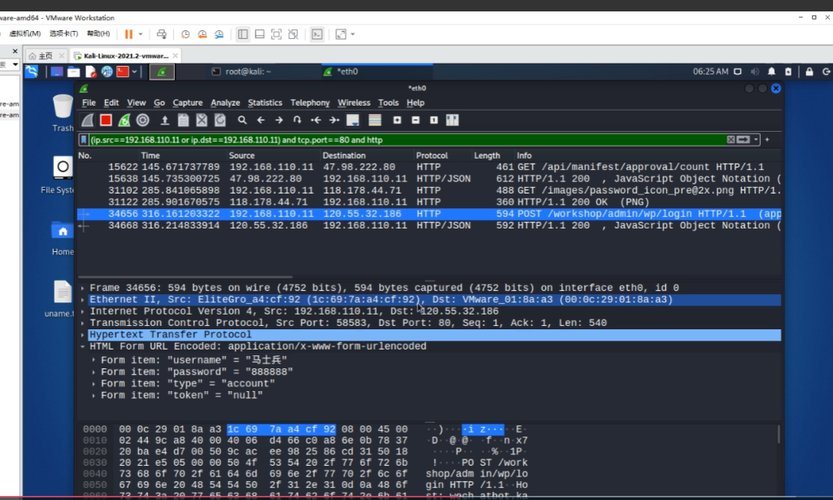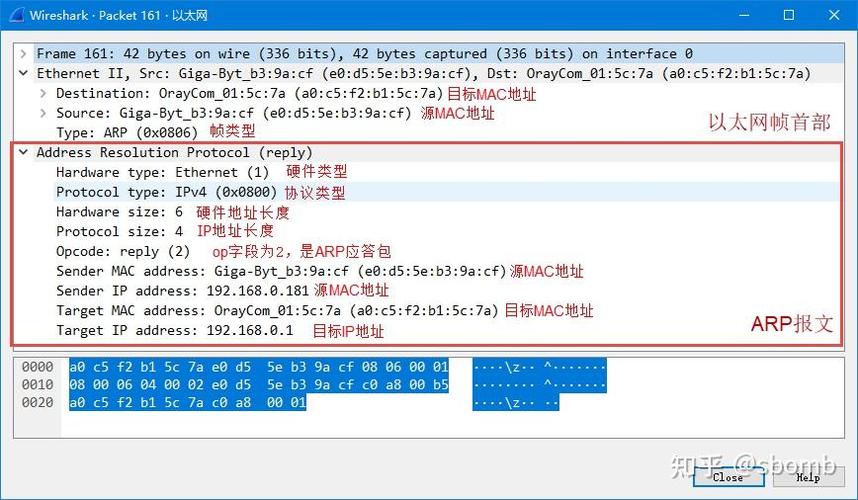
Understanding ARP and its Role in Networking
ARP, or Address Resolution Protocol, is a fundamental protocol in networking that plays a crucial role in the communication between devices on a local network. It’s essential to have a clear understanding of how ARP works and its significance in the TCP/IP protocol suite.
What is ARP?
ARP is a protocol used to map an IP address to a physical (MAC) address on a local network. When you send a packet to a device on the same network, your device needs to know the MAC address of the destination device to correctly route the packet. ARP helps in this process by resolving the IP address to the corresponding MAC address.

How ARP Works
When your device wants to send a packet to another device on the same network, it checks its ARP cache to see if it already has the MAC address of the destination device. If the MAC address is not found in the cache, the device sends an ARP request as a broadcast message to all devices on the network.
The ARP request includes the sender’s IP and MAC addresses and the IP address of the destination device. Devices on the network receive this request and check if the IP address in the request matches their own IP address. If it does, they send an ARP reply with their MAC address back to the sender.
Upon receiving the ARP reply, the sender updates its ARP cache with the IP and MAC address mapping. This mapping is then used for future communications with the destination device.
ARP Cache and its Importance
The ARP cache is a table that stores IP to MAC address mappings. It helps in reducing the number of ARP requests sent on the network, as devices can directly use the MAC address from the cache for future communications with the same device.

However, the entries in the ARP cache have a time-to-live (TTL) value. If the TTL expires, the entry is removed from the cache, and the next time a packet is sent to that device, the ARP resolution process is repeated.
ARP and Network Security
ARP is a critical component of network security. While it simplifies the process of finding MAC addresses, it also makes the network vulnerable to ARP spoofing attacks. In an ARP spoofing attack, an attacker sends fake ARP replies to a device, associating their MAC address with the IP address of another device on the network.
This can lead to various security issues, such as man-in-the-middle attacks, where the attacker intercepts and modifies the data being transmitted between two devices. To mitigate these risks, network administrators can implement security measures like static ARP entries, ARP monitoring tools, and network segmentation.
ARP and IPv6
ARP has a counterpart in IPv6 called Neighbor Discovery Protocol (NDP). While ARP is used for IPv4, NDP is used for IPv6. NDP performs similar functions, such as address resolution and neighbor discovery, but it is designed to be more secure and efficient in the IPv6 environment.
ARP and Network Troubleshooting
Understanding ARP is essential for network troubleshooting. If you encounter connectivity issues on your network, checking the ARP cache and ensuring that the IP to MAC address mappings are correct can help identify and resolve the problem.
Additionally, using tools like Wireshark to capture and analyze ARP packets can provide valuable insights into the network’s behavior and help diagnose any issues related to ARP.
ARP and Future Developments
As networking technologies evolve, ARP and its related protocols will continue to adapt. Future developments may include more advanced security features, improved efficiency, and better integration with other networking protocols.
By staying informed about these developments and understanding the intricacies of ARP, you can ensure that your network remains secure, efficient, and reliable.



